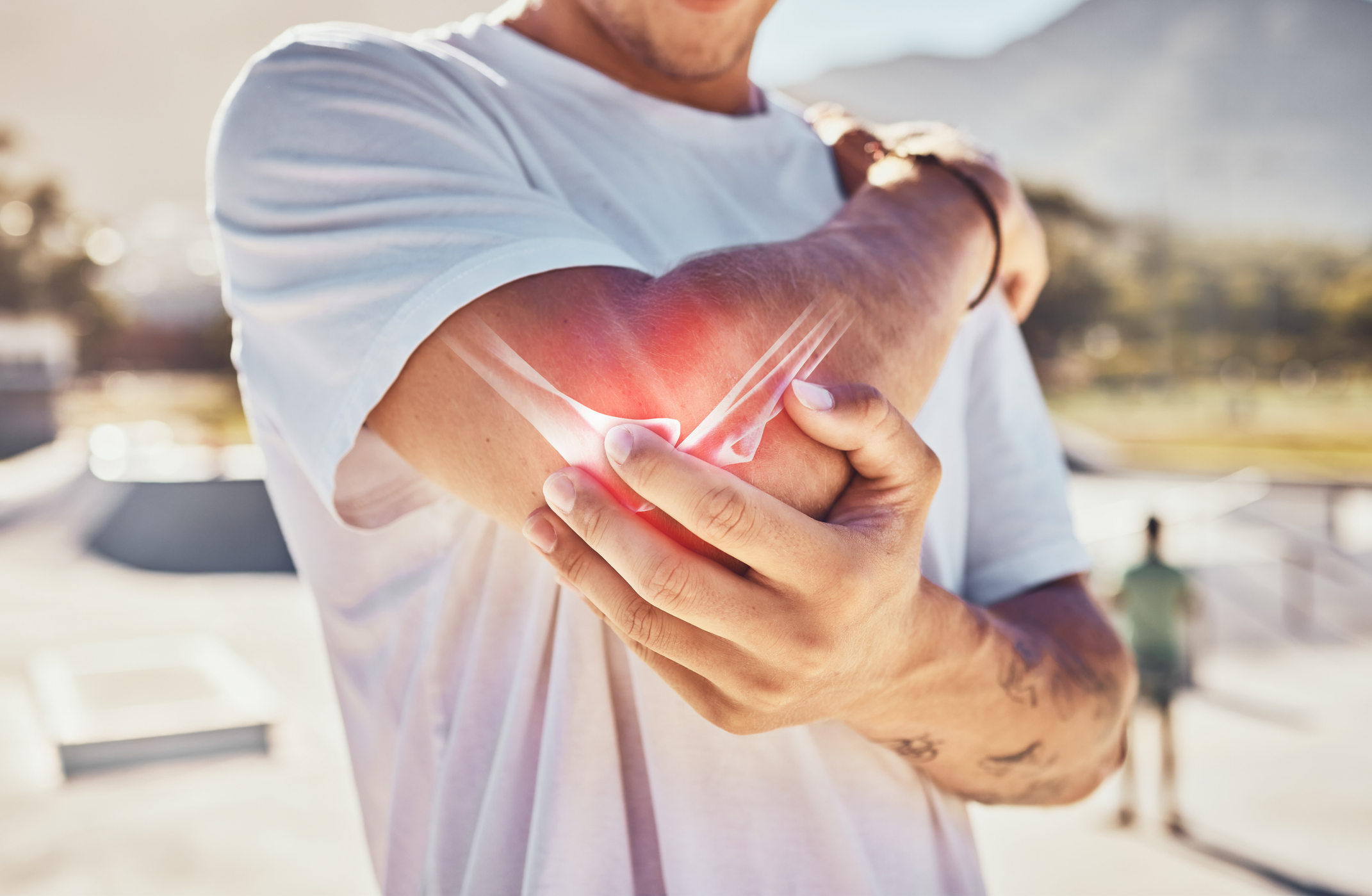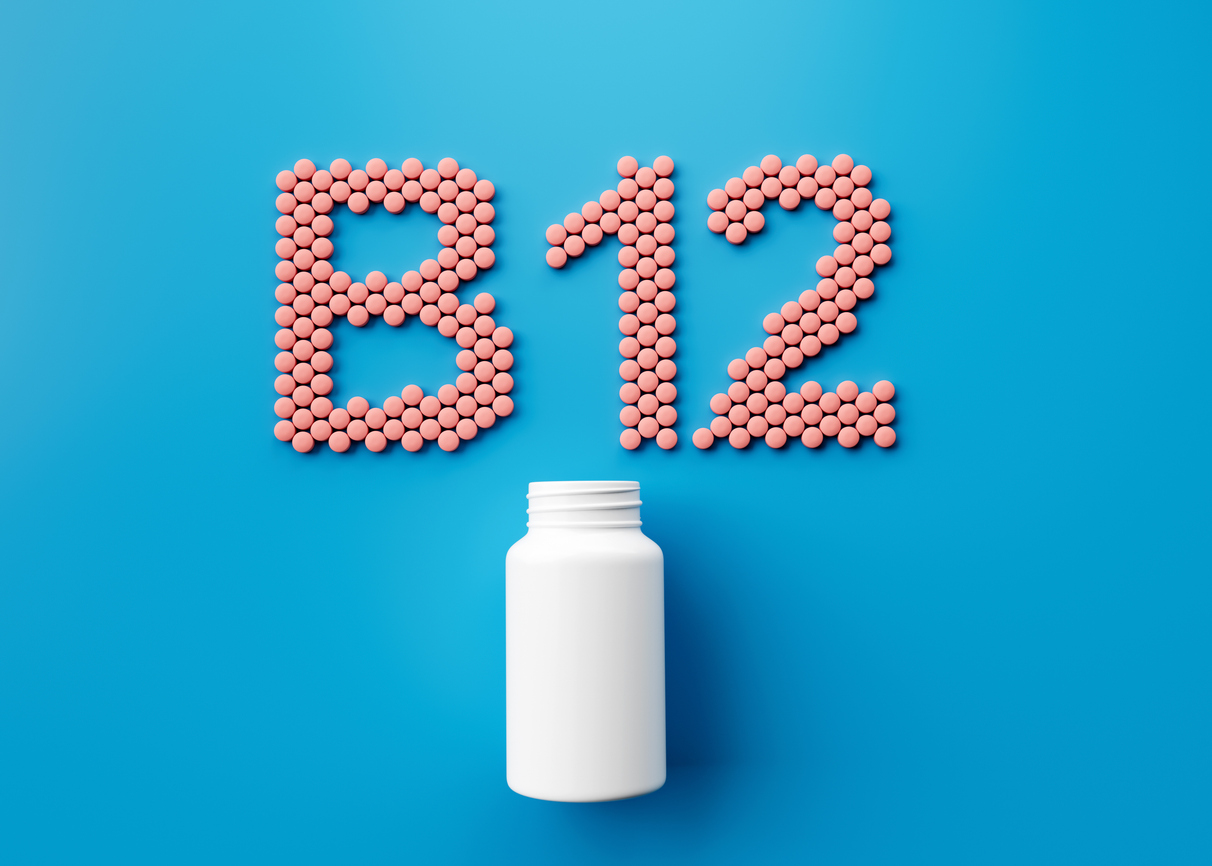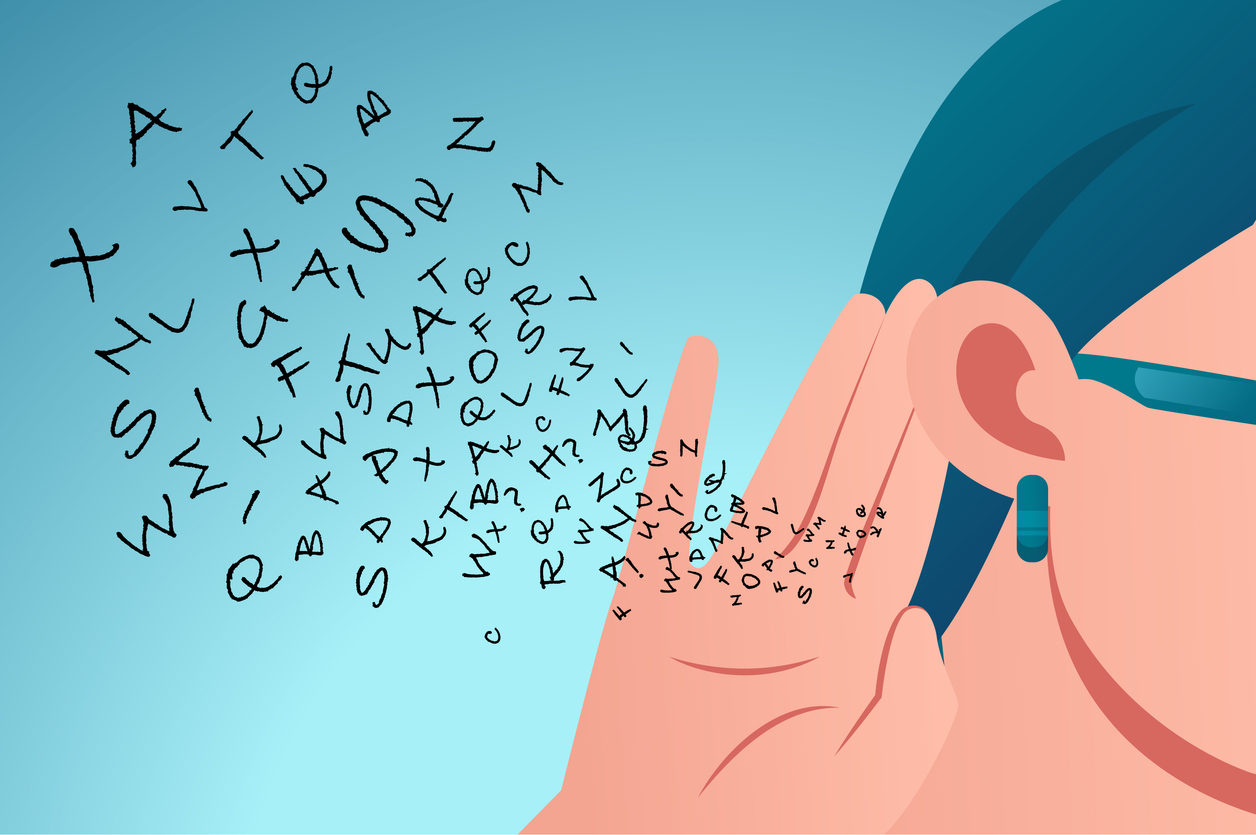2024-07-01
Upper limb function is improved in chronic stroke patients treated with a robotic rehabilitation device
Physical Medicine and Rehabilitation
Stroke is a serious cerebrovascular disease that can lead to significant neurological sequelae, particularly in the upper limbs. Robotic rehabilitation is increasingly recognised as a promising method of improving upper limb function in stroke patients. The Rebless® is a motorised device that provides movement and resistance exercises for the elbow and wrist, collecting data on the number of repetitions, range of motion (ROM) and levels of resistance and assistance.
In this study, patients were randomly assigned to either the experimental or control group. Each group received upper limb training for 30 minutes per session, with a total of 10 sessions over 4 weeks. The experimental group used the Rebless®, while the control group used the Motomed®, an ergometer for upper limb training. Clinical measures included assessment of motor and functional functions, as well as spasticity, evaluated before and after training.
The results showed a significant improvement in the Fugl-Meyer upper extremity score (FMA-UE) and a reduction in elbow flexor spasticity in the experimental group compared with the control group. The FMA-UE score of the experimental group rose from 27.67 ± 8.41 to 32.00 ± 9.23, while that of the control group rose from 22.07 ± 10.12 to 23.76 ± 9.47. The reduction in elbow flexor spasticity, measured by the Modified Ashworth Scale (MAS), was also more significant in the experimental group.
Cortical activity measured by functional near-infrared spectroscopy showed a significant decrease in cortical activity in the unaffected hemisphere after training in the experimental group, which was not observed in the control group. This suggests a recovery of the contralateral predominance of activation in motor function.
This study shows that Rebless® training is more effective than conventional therapy in improving upper limb function in chronic stroke patients. Improvements in FMA-UE score and elbow flexor spasticity suggest that Rebless® may help restore upper limb motor function and the predominance of contralateral activation.
In conclusion, training with the Rebless® robotic rehabilitation device significantly improves upper limb function and reduces spasticity in chronic stroke patients. It is recommended that robotic rehabilitation devices be incorporated into rehabilitation programmes for these patients in order to maximise functional gains and promote neurofunctional recovery. Further research is needed to assess the long-term effects and effectiveness of these devices in acute stroke patients.

Last press reviews
Pregnancy and weight: a winning balance?

#Obesity #Pregnancy #FatLoss #Nutrition #Materna...
Childhood obesity: could homocysteine be the key?

#ChildHealth #Metabolism #VitaminB12 #Folate &nb...
Hearing loss and cognition: an underestimated solution?

#Hearing #Aging #HearingLoss #Neuroplasticity #D...